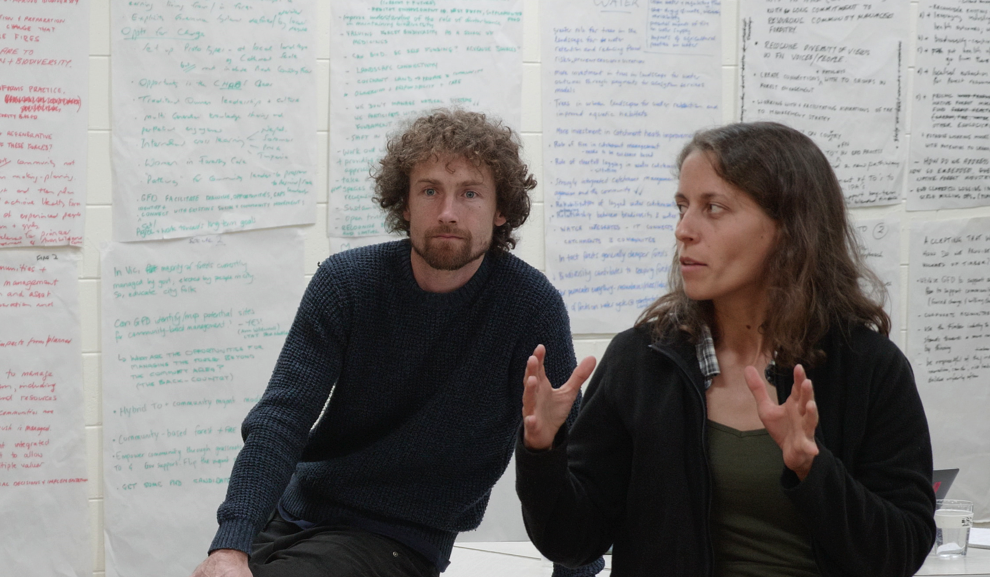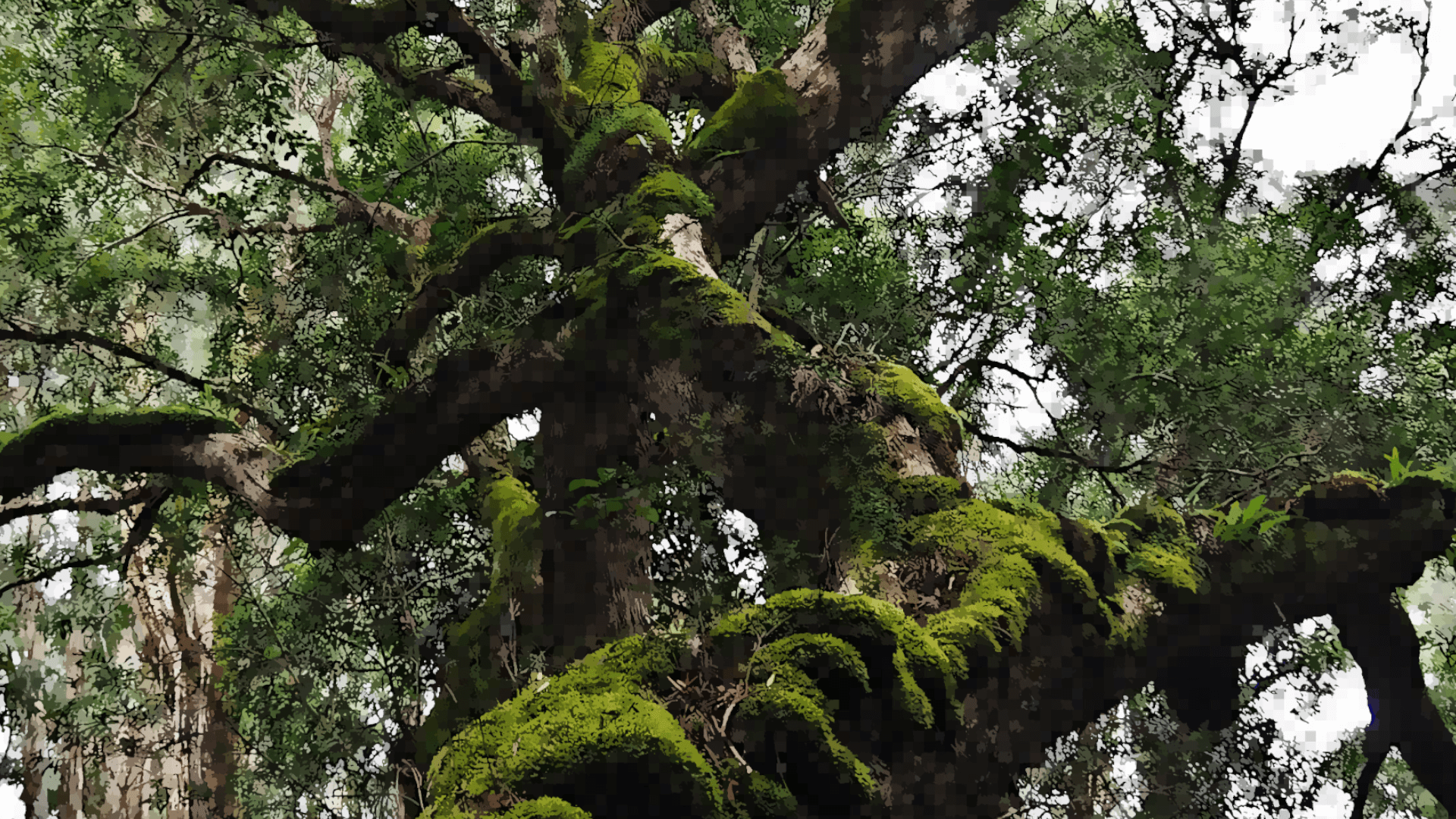
In this series, we're profiling GFD members. First up, is one of our inaugural co-chairs and state manager at Envite Environmental.
ABIGAIL WILLS
Can you tell us a bit about your work outside the GFD?
I work for a not-for-profit called Envite Environment based in East Gippsland, and we specialise in ecological restoration as well as community development and capacity building.
Recently, we’ve partnered on a novel project with the Australian National University aimed at restoring habitat for greater gliders (and broader biodiversity) in forests disturbed by bushfires and logging. This project involved a series of restoration trials combining Silvertop Ash thinning with planting/direct seeding of diverse eucalypt food tree species, with the objective of identifying cost-effective methods for restoring habitat that meets the nutritional requirements of eucalypt leaf-eating mammals.
Our hope is that, once refined, the approach can be rolled out at scale, restoring threatened species habitat across the landscape while also creating local industries and employment opportunities that are aligned with conservation and have a net positive benefit for people and biodiversity.
"I was almost immediately interested when I heard about the GFD because I could see the alignment with both my work and my passion."
Why did you get involved with the GFD?
I was almost immediately interested when I heard about the GFD because I could see the alignment with both my work and my passion. I’d also been perplexed by the polarised views on forest management issues in Gippsland since moving here and was sure that there must be a better way, which it appeared the GFD was trying to achieve.
As Chair of the inaugural GFD dialogue and organiser of the upcoming Orbost meeting, can you reflect on how you think the initiative is going and where you think it can go from here?
I think we’re all learning as we navigate our way through the Gippsland Forest Dialogue journey. We have strong foundations and support from The Forests Dialogue, to help guide us on process, but the direction the GFD goes in is really defined by us, and by the community through participation in dialogues.
It’s pretty cool to be part of a group that is so adaptive and innovative and has the agency to modify its direction based on the priorities and opportunities that arise through community engagement on forests and forest issues.
I also think there’s an opportunity to forge real change here, through identifying and piloting new approaches to forest management, for the benefit of people and nature, and influencing policy changes.
The GFD is certainly gaining momentum; more people know about us and are paying attention to what we’re doing, and that includes community and government, which is where we want to be as a grassroots initiative with aspirations to influence forest governance decision making.
Can you tell us a little bit about your background?
I was grew up in a small town called Ashburton nestled within Dartmoor National Park in southwest England. When I was nearing the end of secondary school, I knew that I wanted to pursue a career working to protect and restore the natural environment. This led me to study wildlife conservation at university and then to complete a research Masters in Biodiversity Management.
My research first took me to Madagascar where I studied ecology and I then moved to Tanzania where I worked for seven years for a local not-for-profit, supporting communities to establish locally-managed natural forest reserves (a form of decentralised protected area) through a process called community-based forest management. I dipped a toe back into academia in my final year in Tanzania when I led a research project focused on geographic priority setting for cost-effective landscape-scale forest restoration planning.
I moved to Australia with my partner (an Aussie bloke, who I met in Tanzania) in December 2019, and together we moved to East Gippsland in July 2020, where we now live in Bairnsdale.
And finally, what’s your favourite patch of forest?
This is a tricky one, but even having lived away from the UK for over 10 years my mind first takes me back to a patch of forest in Devon where I grew up. It has large old English Oak and Silver Birch, and dense leaf litter, large mossy boulders, and the River Dart passing through.
In East Gippsland, my favourite patch that I’ve been to so far would be the beautiful old growth forests of Errinundra National Park, especially Frosty Hollow.

In East Gippsland, my favourite patch of forest would have to be the beautiful old growth forests of Errinundra National Park, especially Frosty Hollow.
